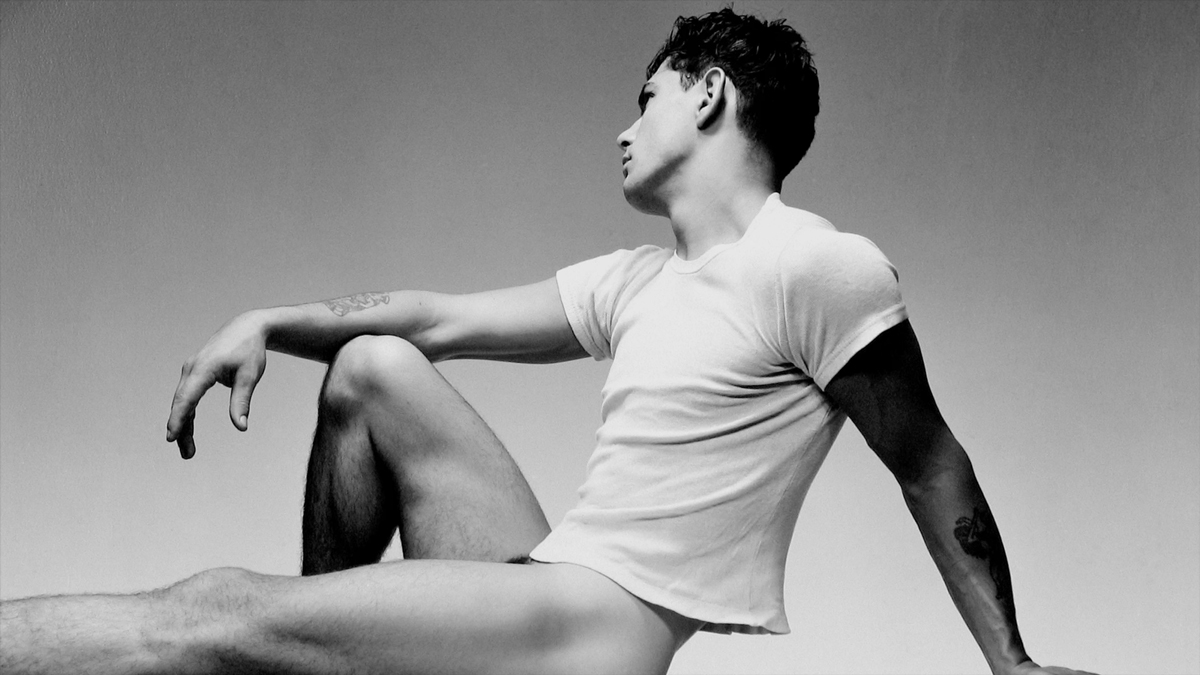It’s tempting to say that photographer George Platt Lynes was ahead of his time. Between the 1930s and his untimely death at age 48, he produced a body of work—elegant fashion photography, sleek images of nude men—that feel fresh today. But Hidden Master: The Legacy of George Platt Lynes, a recently released documentary by Sam Shahid, argues that, in fact, Lynes was very much of his time. The ’30s and ’40s in New York saw a bustling scene of gay men who threw fabulous cocktail parties, created art, and, of course, had sex with each other. Hidden Master is quick to remind viewers that plenty of gay men were out in their own way, decades before Stonewall. At the center of this milieu, which is largely understudied, was Lynes. “We see this world that’s gone… through George’s eyes,” says Steven Haas, an art historian and the director of Lynes’s foundation, at the beginning of the documentary.
Toward the end of Hidden Master, Shahid asks several interviewees—including Vince Aletti, Nick Mauss, Mary Panzar, and Bruce Weber—why Lynes isn’t part of the canon. The resounding answer seems to be that they don’t know. It is surprising that Lynes’s images aren’t as prominent as those of his artistic successors like Andy Warhol or Robert Mapplethorpe. But then again, many of Lynes’s best works went unshown during his lifetime: when he was creating his male nudes, it would have been taboo, if not illegal, to exhibit them. What he did show, in magazines like Harper’s Bazaar and Vogue, was his fashion photography: dreamy images of women in the latest couture. His innovations in that genre include an early form of the now-ubiquitous ring light, which are reflected in his models’ eyes.



